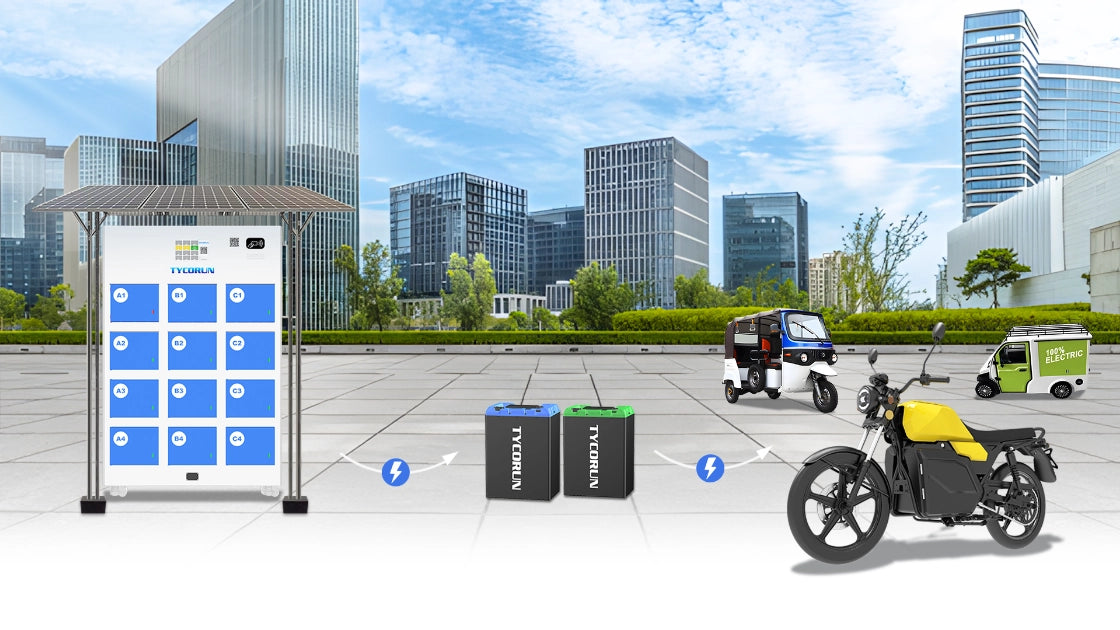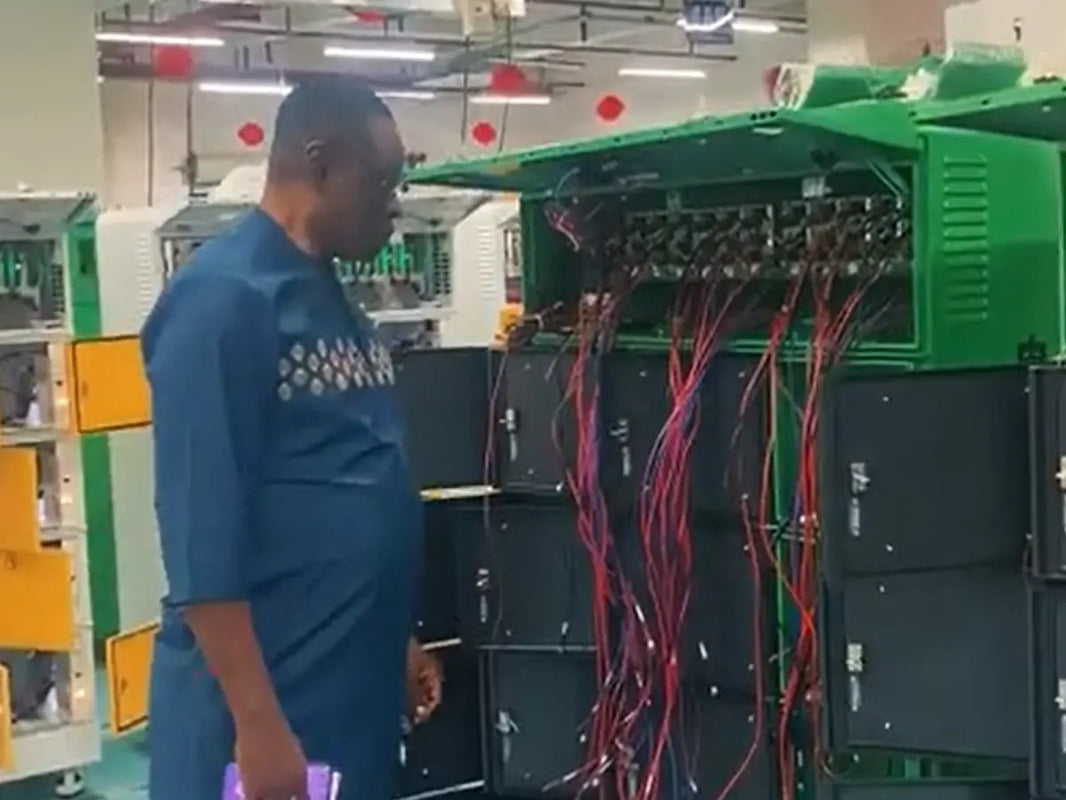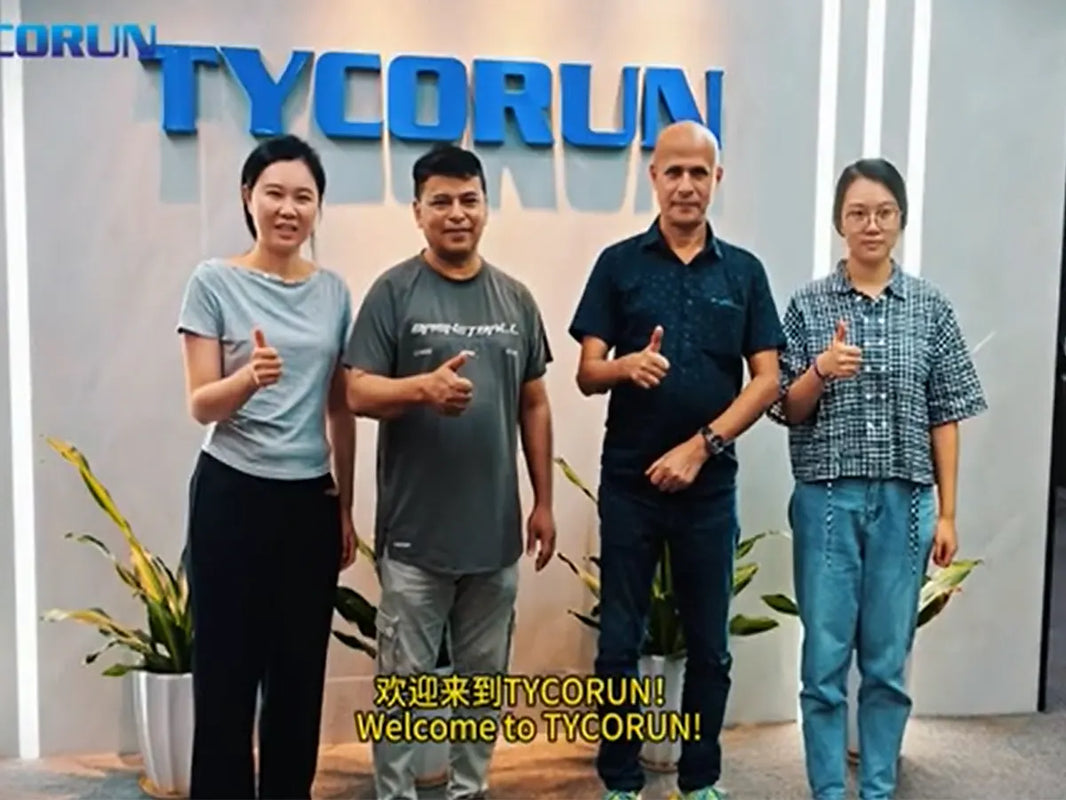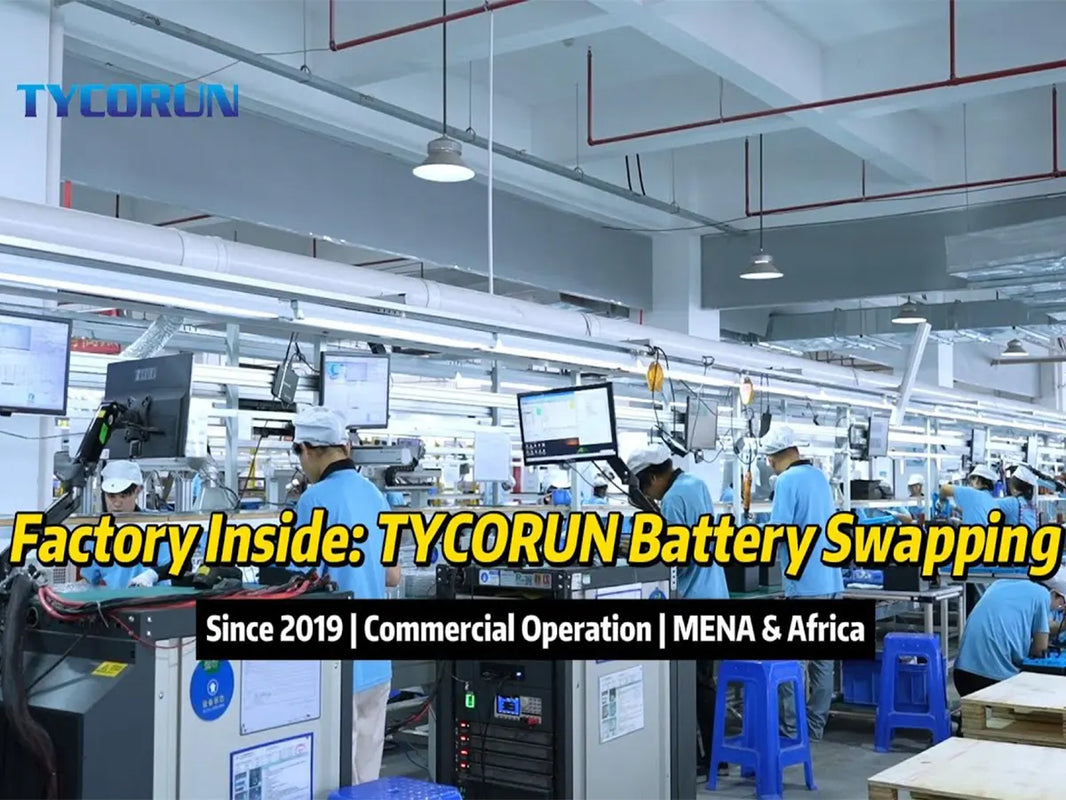
Main content:
A power inverter is a critical device that converts direct current into alternating current, widely used in home power supply, outdoor camping, power tools, and many other scenarios. With the proliferation of electronic devices, inverters are playing an increasingly important role in modern life. In the process of diy power inverter, you can not only save costs but also enhance your understanding and skills in electronic circuits. This article explains how to diy power inverter and introduces key considerations during the process.
What is a power inverter?

A power inverter is an electronic device that converts DC power (such as from a battery) into AC power. The primary function of an inverter is to convert 12V or 24V DC from a battery into 220V or 110V AC, typically used to power household appliances, TVs, computers, and more, especially in environments without a stable grid power supply.
Inside a power inverter, an oscillator generates a high-frequency oscillating signal, which determines the frequency of the AC output (such as 50Hz or 60Hz). The transformer then converts the low-voltage DC produced by the oscillator into high-voltage AC. In some designs, the inverter may first convert DC into high-frequency AC, followed by rectification and filtering processes, ultimately producing a smooth AC output.
Please check high frequency inverter vs low frequency inverter for more details
What’s the benefits when you diy power inverter?
Cost savings:
When you diy power inverter, they are usually cheaper than commercial products. By purchasing components and assembling them yourself, you can significantly reduce costs. Many commercial inverters include brand premiums and distribution costs in their pricing. When you diy power inverter, you can avoid these additional expenses.
Skill and knowledge enhancement:
The diy power inverter process allows you to delve into technical aspects such as electronic circuits, transformer operation principles, and oscillator design. This process can improve your electrical engineering knowledge. Through hands-on work, you can learn how to solve common circuit problems, such as short circuits or overloads, and enhance your practical skills and problem-solving abilities.

Customization:
You can customize the inverter's specifications and functions according to your needs. For example, you can design an inverter that meets specific voltage and power requirements, or even add extra features like overload protection or voltage regulation.
A self-made inverter can be optimized based on your efficiency, cooling, and durability requirements. You can choose high-quality components to ensure the inverter's performance and stability, making the entire inversion process more efficient.
Environmental friendliness:
DIY power inverter process can reduce reliance on prefabricated products, thereby reducing the environmental impact of electronics manufacturing and transportation. During the diy power inverter process, you can reuse components from old electronic devices, reducing waste and promoting resource recycling.
Steps to diy power inverter
Determine inverter specifications:
Before starting, you need to determine the inverter's specifications, including power output, input voltage, and output voltage. Common household inverters range from 300W to 1000W. The inverter's power rating (such as rated output power and peak power) determines the maximum load it can support. If the inverter's power is insufficient, it may result in overloads or even damage the equipment or the inverter itself.
Prepare materials and tools to diy power inverter:
Materials needed:
DC power source (e.g., a 12V, 24V, or 48V battery. When selecting the DC power source, consider the inverter's input voltage requirements.)
Inverter chip (used to generate oscillating signals and control the circuit. Common chips include IR2153, SG3525, TL494, etc.)
Transformer (used to convert DC into high-voltage AC. The transformer's specifications should match the inverter's power requirements.)
Capacitors (for filtering and stabilizing power. Includes electrolytic capacitors (e.g., 1000µF, 25V) and ceramic capacitors (e.g., 0.1µF, 50V))
Inductors (for filtering and smoothing the AC output current)
Diodes (for rectification and circuit protection. Common ones include 1N4007, 1N5819, etc.)
Heatsink (to prevent transistors and other thermal components from overheating)
Switch (for controlling power on/off)
Terminal blocks
Tools needed to diy power inverter:
Soldering tools (solder, soldering iron, soldering station, etc., for assembling the circuit)
Multimeter (for measuring voltage, current, resistance, and assisting in circuit debugging and inspection)
Screwdrivers, pliers

Circuit design and wiring:
When designing the circuit diagram, ensure that the input and output sections are well isolated to avoid short circuits. The circuit typically includes an oscillator, transformer, and output filter. Optimize the wiring to reduce resistance and inductance in the circuit, thereby improving power transmission efficiency and reducing energy loss. Moreover, good wiring design can reduce noise interference and improve the overall performance of the inverter.
Assemble components:
Solder each component to the circuit board according to the designed diagram. Carefully inspect each connection point to ensure secure soldering with no short circuits. When installing the transformer and heatsink, ensure that the inverter can effectively dissipate heat to prevent overheating damage.
Testing and debugging:
Before connecting the power, use a multimeter to check the circuit for normal operation. Then, gradually power on and monitor the output voltage and waveform. Test the inverter's efficiency under different loads, making necessary adjustments to ensure it meets design standards, reducing energy loss, and ensuring stable operation.
Considerations when you diy power inverter
Transformer selection:
The transformer is one of the core components of the inverter. Selecting the appropriate transformer ensures that the inverter's output voltage and power meet the requirements. Choose a transformer based on the input voltage and desired output voltage.
Circuit design:
Ensure efficient operation of off grid inverter. Power components like MOSFETs and IGBTs should be laid out properly to avoid excessive heating and minimize electromagnetic interference (EMI). It's important to note that in circuit layout, the length and width of the wires directly affect resistance and inductance.
If power components are too tightly packed or wires are too long, parasitic resistance and inductance will increase, leading to greater power loss and more heat generation. Proper layout can minimize high-current paths, reduce resistance and inductance, thereby reducing power loss and heating.

Heat dissipation:
The power inverter generates heat during operation, especially in high-power applications. Ensure good cooling design, such as using heatsinks or fans, to prevent components from overheating and failing for inverter protection.
High-quality components:
Using high-quality components can improve the reliability and longevity of the inverter. High-quality components undergo rigorous testing and screening, have lower defect rates, and are less likely to fail, thereby increasing system reliability and reducing downtime or maintenance needs.
Especially for key components like capacitors, diodes, and power switches, it is best to choose products that meet specifications and have good voltage withstand capability.
Protection circuits:
Inverters need protection circuits like over-voltage protection, over-current protection, over-temperature protection, and short-circuit protection when you diy power inverter. These measures can protect the circuit from damage under abnormal conditions.
Output waveform:
Different applications require different output inverter waveform (such as sine wave, square wave, modified sine wave inverter, etc.). Design or choose the appropriate waveform based on the application needs, and ensure that the inverter can stably output the required waveform.
To achieve a high-quality sine wave output, the inverter can use PWM signal modulation to control MOSFETs or IGBTs, carefully controlling the on and off times to approximate a sine waveform, and requires precise control by high-speed microcontrollers or dedicated DSP chips.
Conclusion
In the process of diy power inverter, mastering key considerations from circuit design to component selection, cooling, and protection can effectively enhance the inverter's performance and lifespan. Reasonable design and high-quality components are the foundation of stable inverter operation.
After reading this article, you will be able to create an efficient inverter tailored to your needs and fully experience the fun and sense of accomplishment that comes with diy power inverter.
The following provides you the best inverters recommended
|
|
500w
|
1000w |
2000w
|
3000w
|
|
Product image
|
||||
|
Price & Discount
|
$59.90(-14%)
|
$89.99(-36%)
|
$179.90(-28%)
|
$199.99(-33%)
|
|
Rated Input Voltage
|
12VDC
|
12VDC
|
12VDC
|
12VDC |
|
Continuous Power
|
500w
|
1000w
|
2000w
|
3000w |
|
Peak Power
|
1000w |
2000w |
4000w |
6000w |
|
More information |
Click to get the details |
Click to get the details |
Click to get the details |
Click to get the details |
All our inverters deliver stable and safe power output. You can check our products according to your need:inverter 3000w, 2000w pure sine wave inverter, 1000w car inverter, 500w car inverter
Related articles: what does a solar inverter do, Hybrid inverter, home inverter near me





















